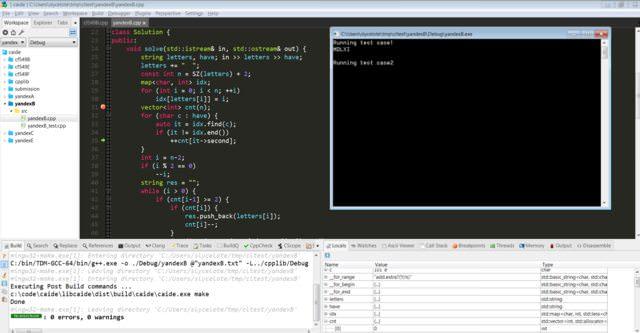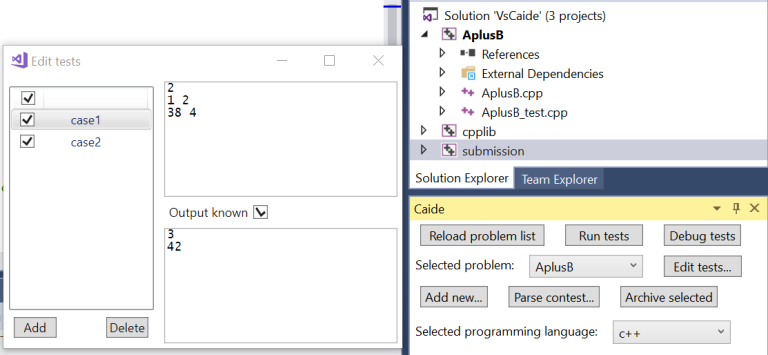I'm sure most of you know that all mainstream C++ compilers support inline assembly language. But did you know that you can actually embed Python in a similar way?
Here, for instance, I implemented gcd function in Python simply because it's easier and shorter. The rest of the code is in C++: 17084249. (By the way, kudos to Codeforces for correct highlighting of both Python and C++ parts!)
I'm not sure if it can be useful at all, but I thought that it's fun to share. Keep in mind it doesn't work in all compilers though!












 . You will see a page with several submits (currently 100, I think). You can sort and filter the solutions there. To see the fastest solutions, you need to manually paste a URL like this:
. You will see a page with several submits (currently 100, I think). You can sort and filter the solutions there. To see the fastest solutions, you need to manually paste a URL like this: 
